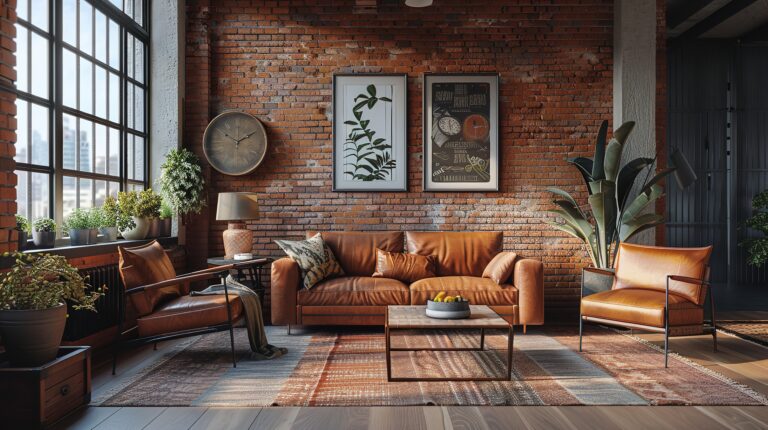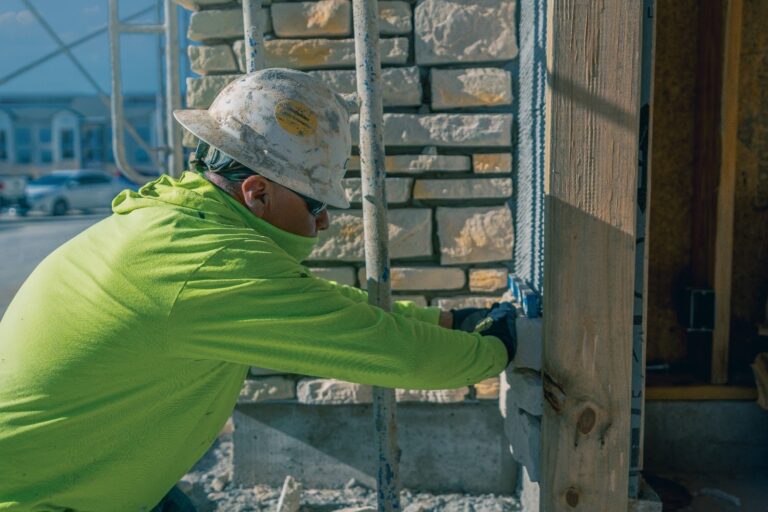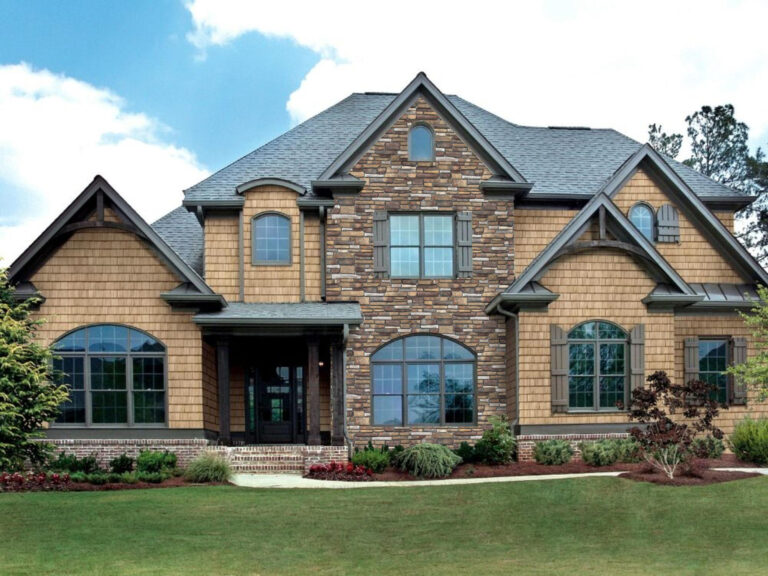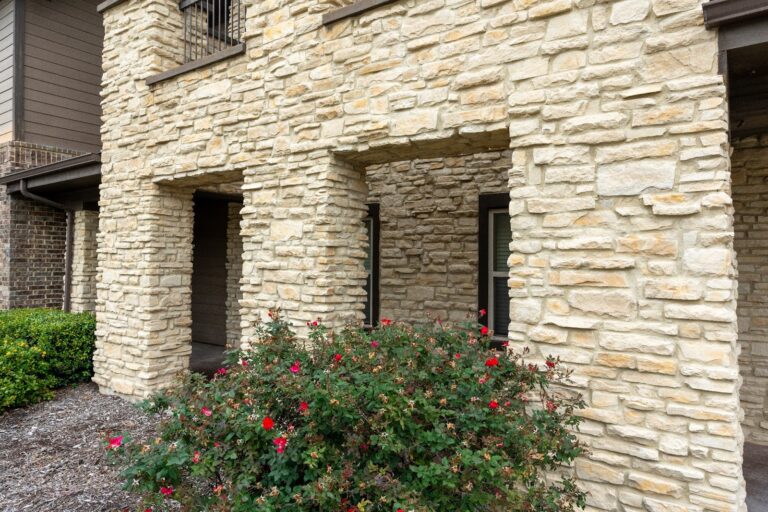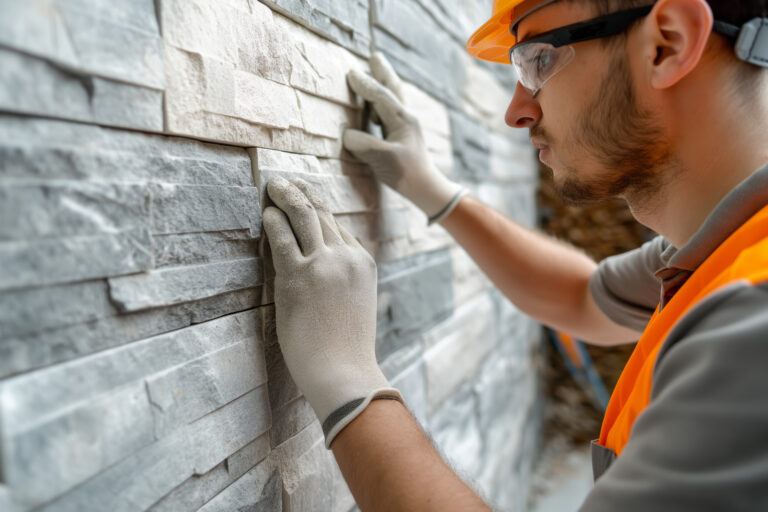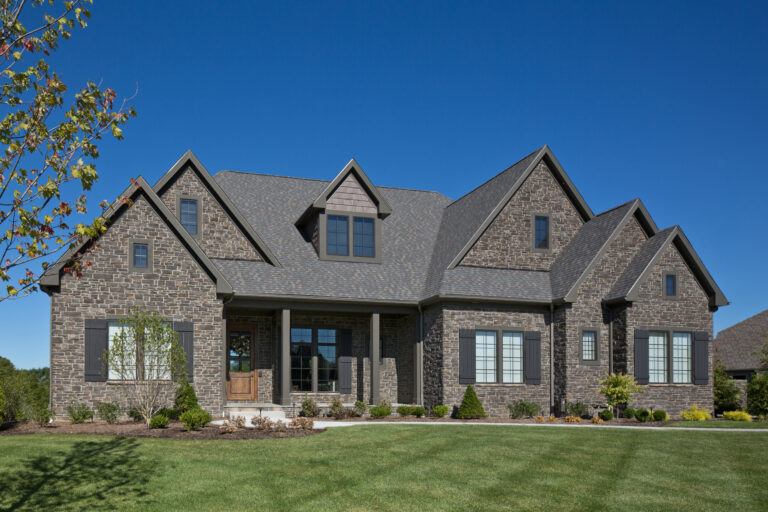How Grout Installation Styles Transform the Look of Stone Veneer
When it comes to designing with stone veneer, most of the attention goes to the stone color, shape, and texture—but there’s another design element that can dramatically change the final look: the grout installation style. The way mortar is applied between your stones can shift the entire aesthetic of a wall from sleek and modern…
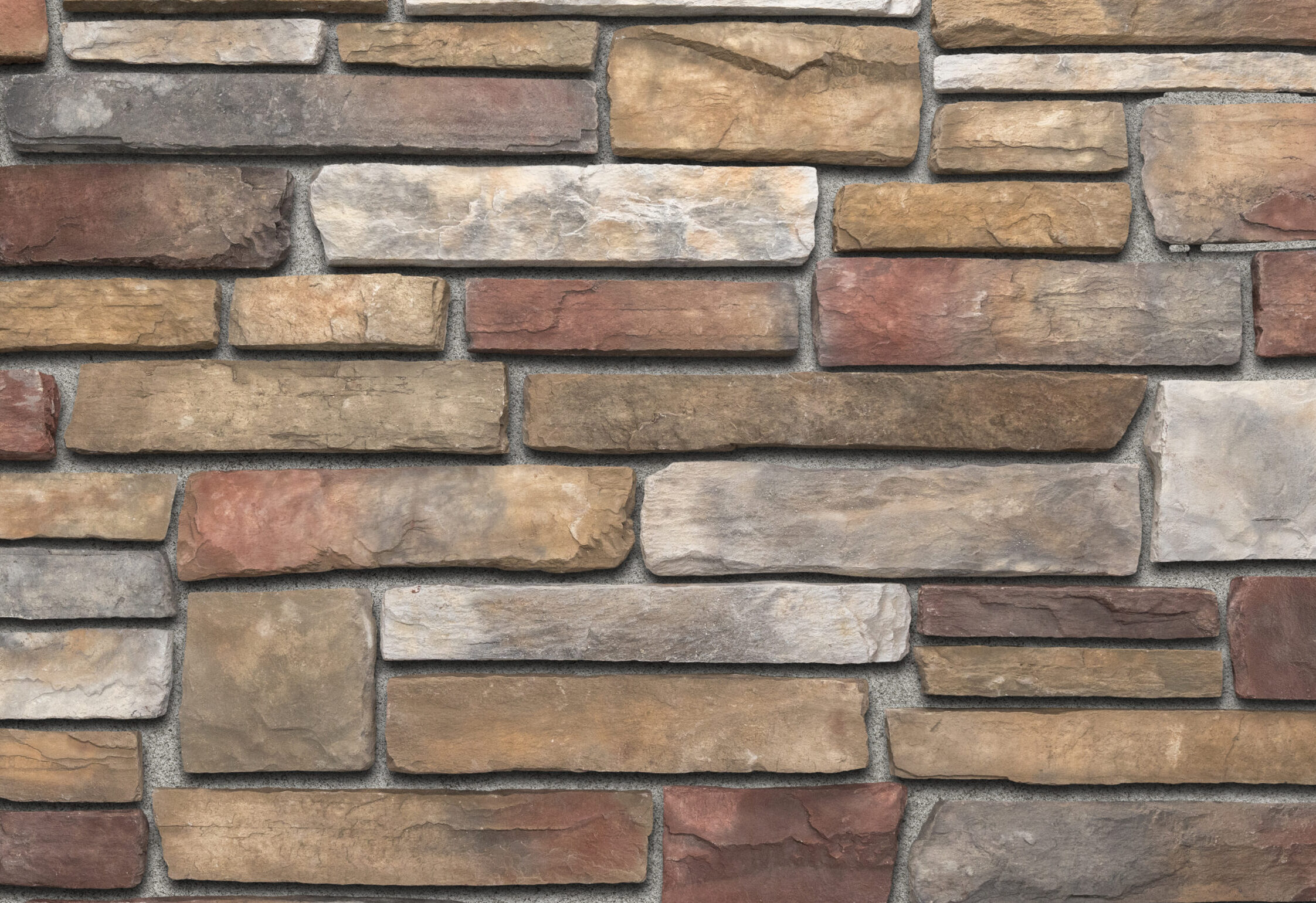
When it comes to designing with stone veneer, most of the attention goes to the stone color, shape, and texture—but there’s another design element that can dramatically change the final look: the grout installation style. The way mortar is applied between your stones can shift the entire aesthetic of a wall from sleek and modern to rustic and old-world.
There are three main types of grout installations used in stone veneer projects: Tight Joint (Dry Stack), Standard (Raked Joint), and Over-Grout (Full Joint). Each creates a distinct appearance and adds its own personality to the design.
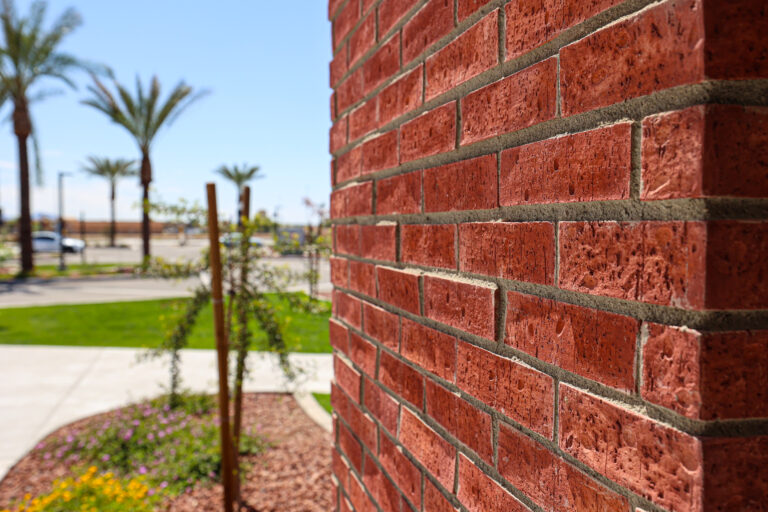
1. Tight Joint (Dry Stack) – Clean, Modern, and Minimalist
If your goal is a sleek, contemporary look, a tight joint or dry stack installation is the way to go. In this method, stones are set very close together—sometimes touching—with little to no visible mortar. The gaps are minimal, and the emphasis is entirely on the texture and profile of the stone itself.
This style works beautifully with sawn-edge or panelized veneer systems and pairs well with modern architecture, clean lines, and minimalist design palettes. The end result feels refined and architectural—perfect for fireplaces, feature walls, or exterior facades where you want the stone to stand out on its own.
Aesthetic impact:
- Sleek and linear
- Highlights stone shapes and color variation
- Ideal for modern or transitional designs
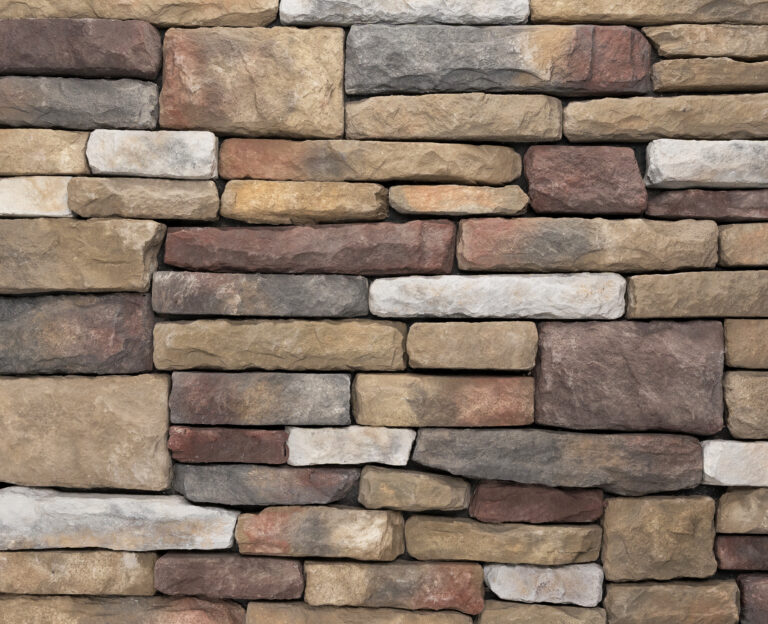
2. Standard (Raked Joint) – Balanced and Traditional
A standard joint, sometimes called a raked joint, is the classic look most people associate with traditional masonry. Here, stones are spaced slightly apart—typically about ⅜ to ½ inch—and the grout is applied between them, then raked back slightly from the stone face.
This technique creates a subtle shadow line that defines each individual stone, giving the wall a sense of structure and rhythm. It’s a versatile style that complements both natural and manufactured stone veneer, and it’s equally at home on the exterior of a Craftsman-style house or the fireplace of a traditional living room.
Aesthetic impact:
- Clean and timeless
- Emphasizes both the stone and the craftsmanship
- Perfect for traditional, transitional, or balanced designs
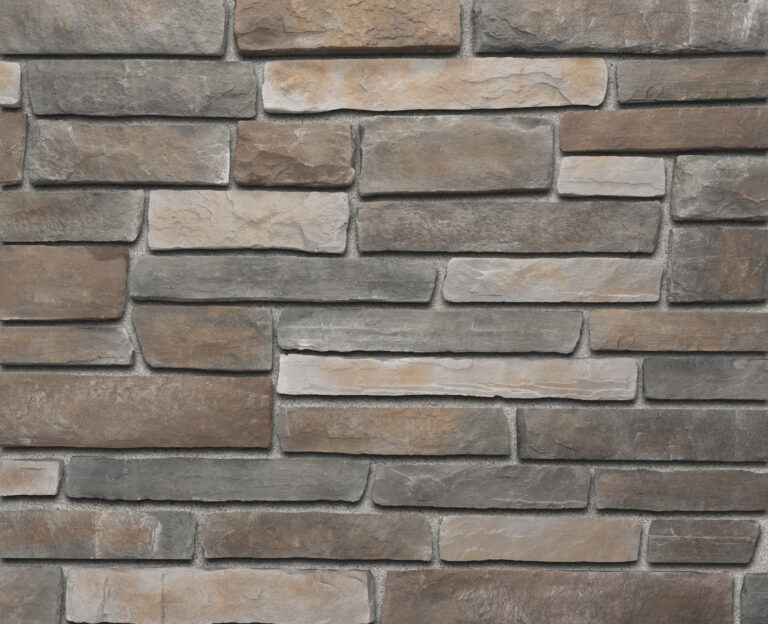
3. Over-Grout (Full Joint) – Rustic and Old-World
For a rustic, hand-crafted look, the over-grout (or full joint) method is a favorite. In this approach, mortar is applied generously between the stones—often spilling slightly over their edges. The grout may be tooled smooth, brushed, or left irregular depending on the desired finish.
This technique creates a sense of age and authenticity, mimicking the appearance of old European farmhouses, Tuscan villas, or historic cottages. It’s especially striking when paired with irregular or rough-faced stone veneer, creating a warm, textured, and time-worn character.
Aesthetic impact:
- Hearty and rustic
- Adds depth and visual weight
- Best for farmhouse, lodge, or Mediterranean styles
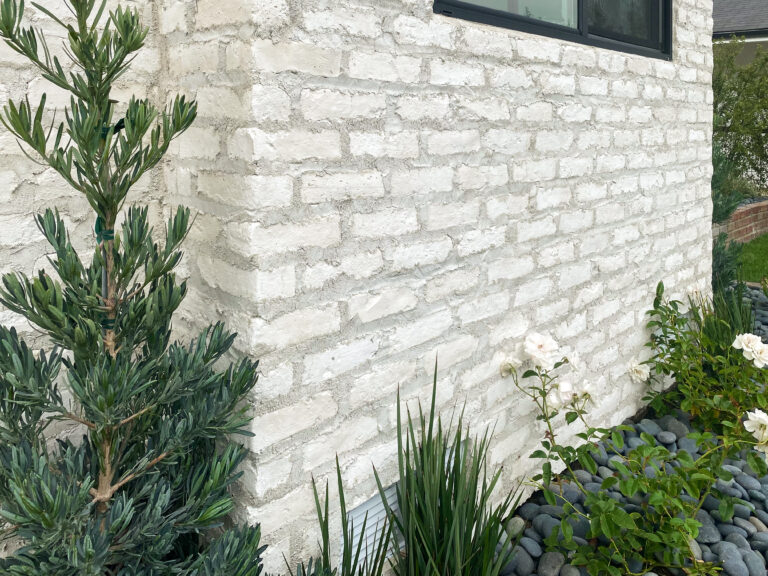
Choosing the Right Grout Style for Your Design
The grout style you choose is more than a technical decision—it’s a design choice that shapes the entire feel of your project.
- Go tight joint for modern simplicity and strong lines.
- Choose a standard joint for a clean, timeless balance.
- Opt for an over-grout if you love rustic charm and old-world texture.
Whether you’re designing an outdoor feature wall, a cozy fireplace surround, or a full exterior facade, the grout installation style helps tell your story through stone.
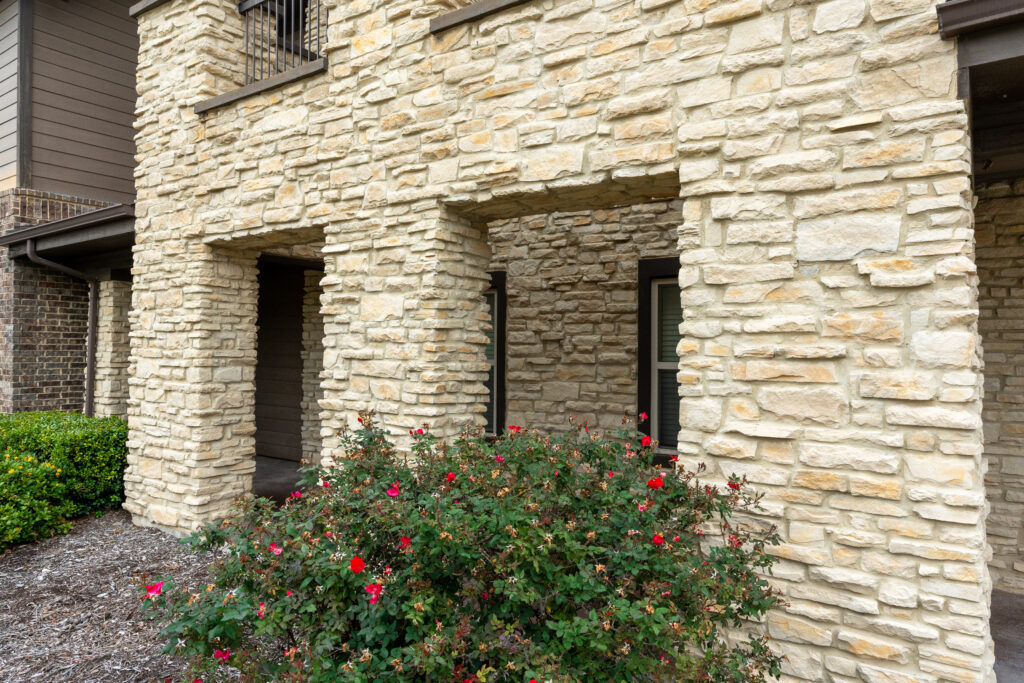
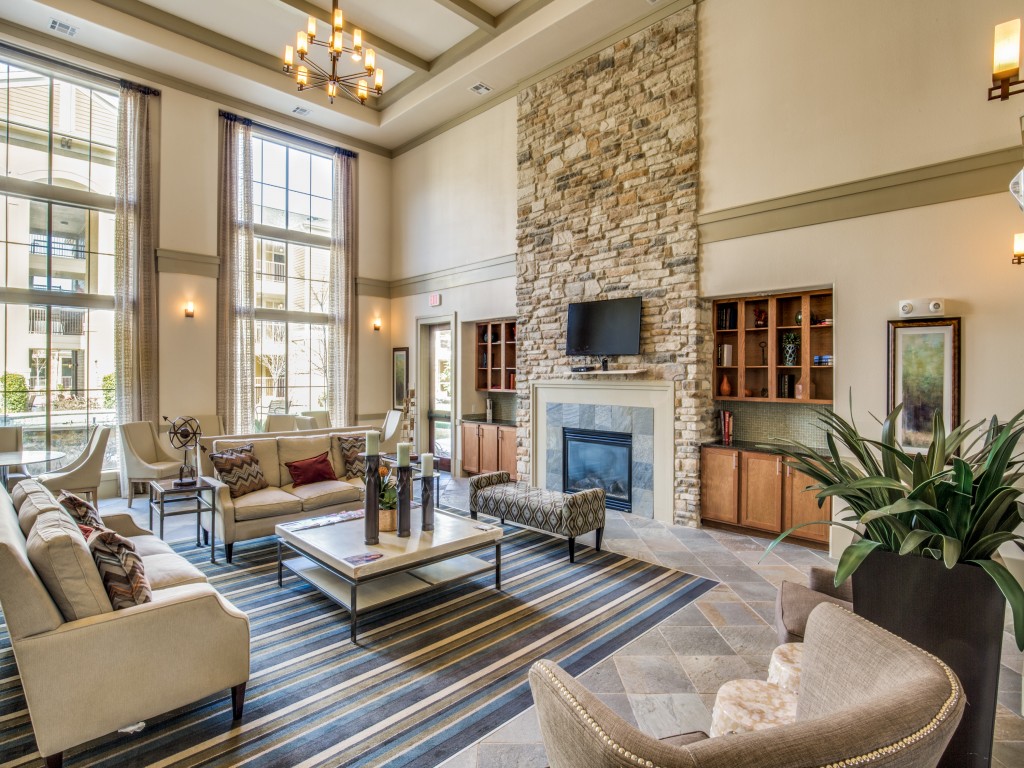
Final Tip: When planning your project, always review sample boards or mockups before installation. Seeing your chosen stone with each grout style can help you visualize how light, shadow, and color will play together—and ensure your final result perfectly matches your design vision.
